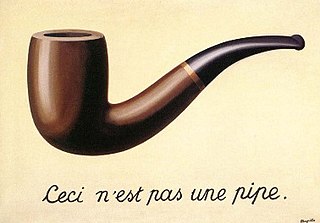
Surrealism is an art and cultural movement that developed in Europe in the aftermath of World War I in which artists aimed to allow the unconscious mind to express itself, often resulting in the depiction of illogical or dreamlike scenes and ideas. Its intention was, according to leader André Breton, to "resolve the previously contradictory conditions of dream and reality into an absolute reality, a super-reality", or surreality. It produced works of painting, writing, theatre, filmmaking, photography, and other media as well.

Max Ernst was a German painter, sculptor, printmaker, graphic artist, and poet. A prolific artist, Ernst was a primary pioneer of the Dada movement and surrealism in Europe. He had no formal artistic training, but his experimental attitude toward the making of art resulted in his invention of frottage—a technique that uses pencil rubbings of textured objects and relief surfaces to create images—and grattage, an analogous technique in which paint is scraped across canvas to reveal the imprints of the objects placed beneath. Ernst is noted for his unconventional drawing methods as well as for creating novels and pamphlets using the method of collages. He served as a soldier for four years during World War I, and this experience left him shocked, traumatised and critical of the modern world. During World War II he was designated an "undesirable foreigner" while living in France.
Surrealism in art, poetry, and literature uses numerous techniques and games to provide inspiration. Many of these are said to free imagination by producing a creative process free of conscious control. The importance of the unconscious as a source of inspiration is central to the nature of surrealism.
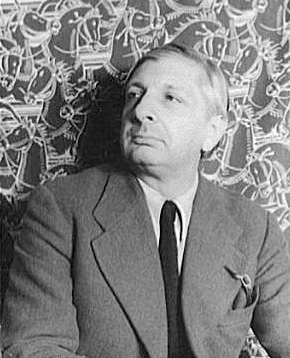
Giuseppe Maria Alberto Giorgio de Chirico was an Italian artist and writer born in Greece. In the years before World War I, he founded the scuola metafisica art movement, which profoundly influenced the surrealists. His best-known works often feature Roman arcades, long shadows, mannequins, trains, and illogical perspective. His imagery reflects his affinity for the philosophy of Arthur Schopenhauer and of Friedrich Nietzsche, and for the mythology of his birthplace.

Gordon Onslow Ford was one of the last surviving members of the 1930s Paris surrealist group surrounding André Breton.

Ithell Colquhoun was a British painter, occultist, poet and author. Stylistically her artwork was affiliated with Surrealism. In the early 1930s she met André Breton in Paris, and later started working with Surrealist automatism techniques in her writing and painting. In the late 1930s, Colquhoun was part of the British Surrealist Group before being expelled because she refused to renounce her association with occult groups, including the Ordo Templi Orientis and the Fellowship of Isis. Despite her break with the movement, Colquhoun was a lifelong adherent to Surrealism and its automatic techniques. Although initially acclaimed, art historians have noted that Colquhoun's reputation suffered during and after World War II when British surrealists such as E. L. T. Mesens pamphleted against her former husband, Toni del Renzio.

Dorothea Margaret Tanning was an American painter, printmaker, sculptor, writer, and poet. Her early work was influenced by Surrealism.

Metaphysical painting or metaphysical art was a style of painting developed by the Italian artists Giorgio de Chirico and Carlo Carrà. The movement began in 1910 with de Chirico, whose dreamlike works with sharp contrasts of light and shadow often had a vaguely threatening, mysterious quality, "painting that which cannot be seen". De Chirico, his younger brother Alberto Savinio, and Carrà formally established the school and its principles in 1917.

La Révolution surréaliste was a publication by the Surrealists in Paris. Twelve issues were published between 1924 and 1929.

Minotaure was a Surrealist-oriented magazine founded by Albert Skira and E. Tériade in Paris and published in French between 1933 and 1939. Minotaure published on the plastic arts, poetry, and literature, avant garde, as well as articles on esoteric and unusual aspects of literary and art history. Also included were psychoanalytical studies and artistic aspects of anthropology and ethnography. It was a lavish and extravagant magazine by the standards of the 1930s, profusely illustrated with high quality reproductions of art, often in color.

The Song of Love is a 1914 painting by Italian metaphysical painter Giorgio de Chirico. It is one of the most famous works by Chirico and an early example of his pre-surrealist style, though it was painted ten years before the movement was "founded" by André Breton in 1924.

Alberto Savinio, born as Andrea Francesco Alberto de Chirico was a Greek-Italian writer, painter, musician, journalist, essayist, playwright, set designer and composer. He was the younger brother of 'metaphysical' painter Giorgio de Chirico. His work often dealt with philosophical and psychological themes, and he was also heavily concerned with the philosophy of art.
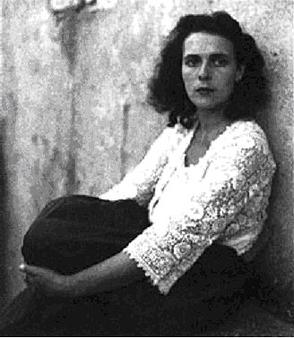
Mary Leonora Carrington was a British-born, naturalized Mexican surrealist painter and novelist. She lived most of her adult life in Mexico City and was one of the last surviving participants in the surrealist movement of the 1930s. Carrington was also a founding member of the women's liberation movement in Mexico during the 1970s.
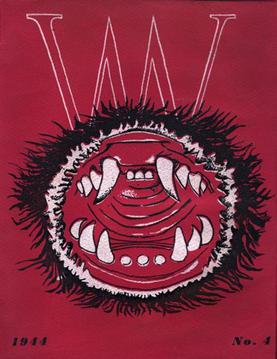
VVV was a magazine devoted to the dissemination of Surrealism published in New York City from 1942 through 1944. It was the product of leading Surrealists.
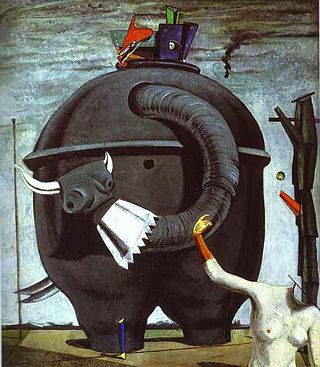
The Elephant Celebes is a 1921 painting by the German Dadaist and surrealist Max Ernst. It is among the most famous of Ernst's early surrealist works and "undoubtedly the first masterpiece of Surrealist painting in the de Chirico tradition." It combines the vivid dreamlike atmosphere of Surrealism with the collage aspects of Dada.
Georges Limbour was a French writer, poet and art critic, and a regent of the Collège de 'Pataphysique.
Agustín Lazo Adalid was a Mexican artist and playwright who is credited with introducing surrealism to Mexico. Although he grew up during the era of the Mexican Revolution, his time in Europe in the 1920s and early 1930s, set his aesthetics towards the avant-garde movements of that continent, rather than towards Mexican muralism, making him a part of the Los Contemporáneos or “Grupo sin grupo.” His work in art and theater influenced each other, with his art having theatrical themes and his theater having emphasis on sets and visual cues. Lazo retired from art in 1950, after the death of his long-time partner poet Xavier Villaurrutia, supposedly never painting or writing again.

20th-century Western painting begins with the heritage of late-19th-century painters Vincent van Gogh, Paul Cézanne, Paul Gauguin, Georges Seurat, Henri de Toulouse-Lautrec, and others who were essential for the development of modern art. At the beginning of the 20th century, Henri Matisse and several other young artists including the pre-cubist Georges Braque, André Derain, Raoul Dufy and Maurice de Vlaminck, revolutionized the Paris art world with "wild", multi-colored, expressive landscapes and figure paintings that the critics called Fauvism. Matisse's second version of The Dance signified a key point in his career and in the development of modern painting. It reflected Matisse's incipient fascination with primitive art: the intense warm color of the figures against the cool blue-green background and the rhythmical succession of the dancing nudes convey the feelings of emotional liberation and hedonism.
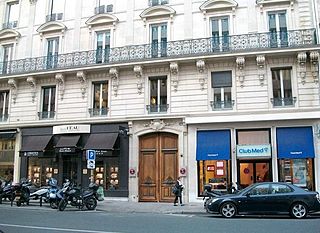
The Exposition Internationale du Surréalisme was an exhibition by surrealist artists that took place from January 17 to February 24, 1938, in the generously equipped Galérie Beaux-Arts, run by Georges Wildenstein, at 140, Rue du Faubourg Saint-Honoré in Paris. It was organised by the French writer André Breton, the surrealists' brain and theorist, and Paul Éluard, the best known poet of the movement. The catalogue listed, along with the above, Marcel Duchamp as generator and arbitrator, Salvador Dalí and Max Ernst as technical advisers, Man Ray as head lighting technician and Wolfgang Paalen as responsible for the design of the entrance and main hall with "water and foliage". The exhibition was staged in three sections, showing paintings and objects as well as unusually decorated rooms and mannequins which had been redesigned in various ways. With this holistic presentation of surrealist art work the movement wrote exhibition history.
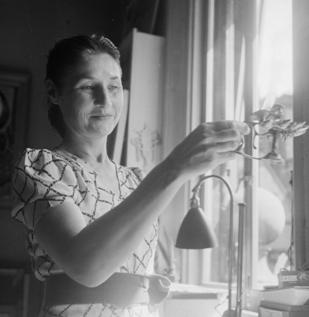
Valentine Penrose, was a French surrealist poet, author, and collagist.

















